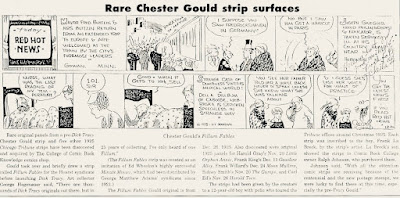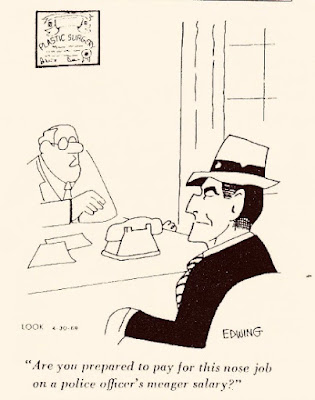Although the series ran for 13 weeks over NBC, in the summer of 1951, never has there been a short-lived radio program to generate a cult following over the years than
Pete Kelly's Blues. A unique detective series that prominently featured jazz music, before the era of television's
Johnny Staccato and
The Man From U.N.C.L.E.
In these weekly crime capers, Jack Webb played the title role as he functioned around kidnappers, murderers, organized crime and corruption. But it was the music that dominated the series and worked beautifully as the jazzy scores (both vocal and non-vocal) were interlaced into the stories.
The radio program was created by Richard L. Green, the same man who created Pat Novak for Hire (another short-lived Jack Webb radio program), who was also an Oscar-winning screenplay writer for such films as Dragnet (1954), Titanic (1953) and Niagara (1953).
Jack Webb, obviously, is known to millions as the creator and star of Dragnet, a program attracted a spotlight on the young man, who was quickly hailed by critics as a genius. Television studios asked him to tweak their existing programs in the hopes of improving the quality of the scripts. Warner Brothers offered him a three-picture contract.But fans of old-time radio -- and historians -- will quickly testify that few of Webb's projects became major hits. It was not until the 1970s that Adam-12 and Emergency became big hits and even then... Webb never created those programs. He was just the producer. So you can understand why historians today claim Pete Kelly's Blues as Webb's other great hit.
Despite the fact the series lasted a mere 13 episodes, the program would later be adapted into a big screen movie (with Jack Webb, Janet Leigh and Edmond O'Brien in the leads), spawn two LP records, and a short-lived television series in 1959 with William Reynolds playing the lead.
Of the thirteen radio broadcasts, only seven are known to exist in recorded form. The remaining six are still considered "lost" and, sadly, will probably remain so. The next best thing, of course, are the radio scripts... which is the subject of this blog post.
A few years ago all thirteen radio scripts were found in an archive and every page was scanned into PDF format. I then dug into the archives to find the music cue sheets, then the cast lists, and then inter-office memos and on top of all that... further digging in newspaper archives. Now a new book has been assembled with a history of the program, including a scrapbook of newspaper clippings and other goodies. But the highlight will be a reprint of those 13 radio scripts.
The enclosed link provided for your convenience and reprints of newspaper blurbs are also provided for your entertainment.
CLICK TO ENLARGE PHOTOS BELOW.













































